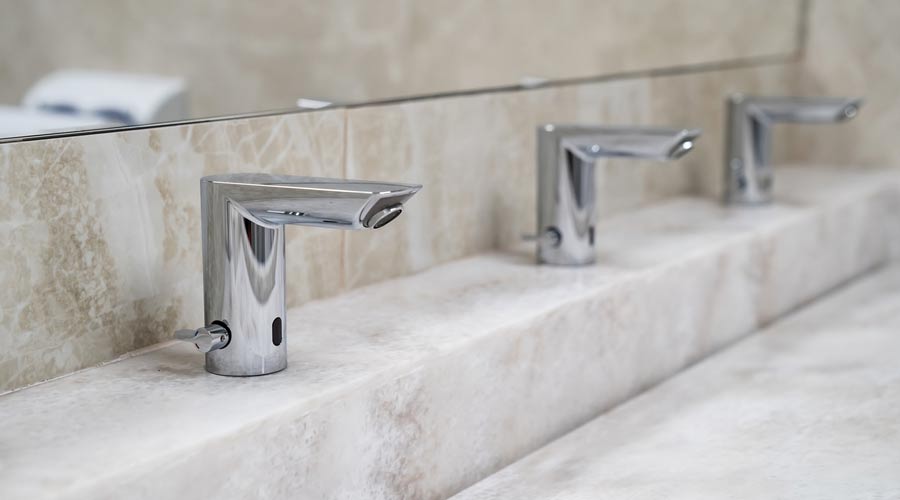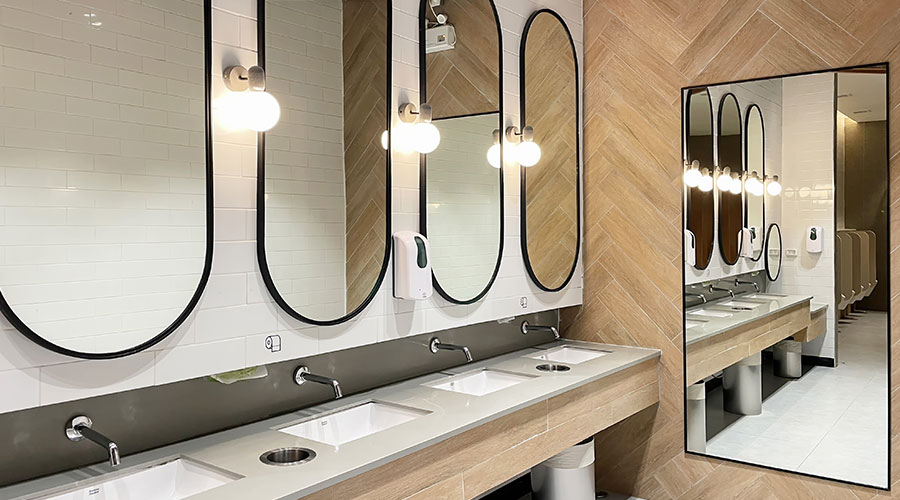Lessons Learned From Plumbing Retrofit
Part 3 of a 3 part article on retrofits aimed at curtailing water use
One important goal of managers taking on plumbing upgrades is to learn from others’ mistakes and avoid them. Manufacturers of plumbing products talk with managers regularly regarding such projects, and they see the good and the bad decisions. They offer these suggestions for ensuring successful upgrades:
Be open to change. “People in these roles tend to be creatures of habit,” says Phil Sterlington of Moen Commercial. “They are intimately familiar with their facilities and know the products they have installed, but on average, they are not seeking out new information or solutions.”
Says Wesson, “With the changing landscape in plumbing, and the constant need to improve on labor savings while increasing water efficiency, new-generation technology should be top of mind. It’s hard to say exactly what specific areas managers are lacking because the needs and requirements vary based on each facility. If it is a hospital, for instance, they may need more automated technology to give them more control over their plumbing system and more information on how it is performing.”
Consider maintenance benefits. “In-house maintenance might at times be a little reluctant to go to a sensor-operated flush valve because it’s more complex than a manual system, but many times, it’s only the activation,” Carter says. “The internals are the same, and mechanically it’s the same, it’s just the actual activation of it is either manual or sensored. You shouldn’t be shying away from it.”
Listen and learn. “It is the responsibility of a manufacturer to visit (and) provide information or trial units to managers so they can learn about trends and new product solutions,” Akalaonu says. “We know these managers are busy, but taking the time to talk to a manufacturer’s sales representative could save a lot more time on the next project, as well as impact the bottom line.”
Wide-ranging research. “The goal is to talk to several manufacturers,” Fitzsimmons says. “Talking to various manufacturers, getting their feedback about what they suggest and challenging and pushing back, asking for references of similar installations and people to talk to that have had good experiences with their products. (Asking for references is) a completely appropriate question when you choose who to work with.”
Related Topics:














